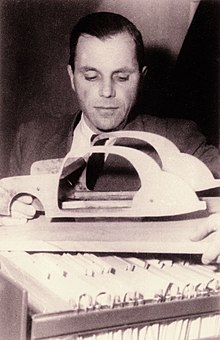
Back Ontwerp AF Disenyo AN تصميم Arabic Diseñu AST Dizayn AZ Design BAR Desenyo BCL Дызайн BE Дызайн BE-X-OLD Дизайн Bulgarian
This article has multiple issues. Please help improve it or discuss these issues on the talk page. (Learn how and when to remove these messages)
|





A design is the concept of or proposal for an object, process, or system. The word design refers to something that is or has been intentionally created by a thinking agent, and is sometimes used to refer to the inherent nature of something – its design. The verb to design expresses the process of developing a design. In some cases, the direct construction of an object without an explicit prior plan may also be considered to be a design (such as in arts and crafts). A design is expected to have a purpose within a certain context, usually having to satisfy certain goals and constraints and to take into account aesthetic, functional, economic, environmental, or socio-political considerations. Traditional examples of designs include architectural and engineering drawings, circuit diagrams, sewing patterns, and less tangible artefacts such as business process models.[1][2]
- ^ Dictionary meanings in the Cambridge Dictionary of American English, at Dictionary.com (esp. meanings 1–5 and 7–8) and at AskOxford (especially verbs).
- ^ "The greatest designs of modern times". Fortune. Retrieved 2024-03-16.